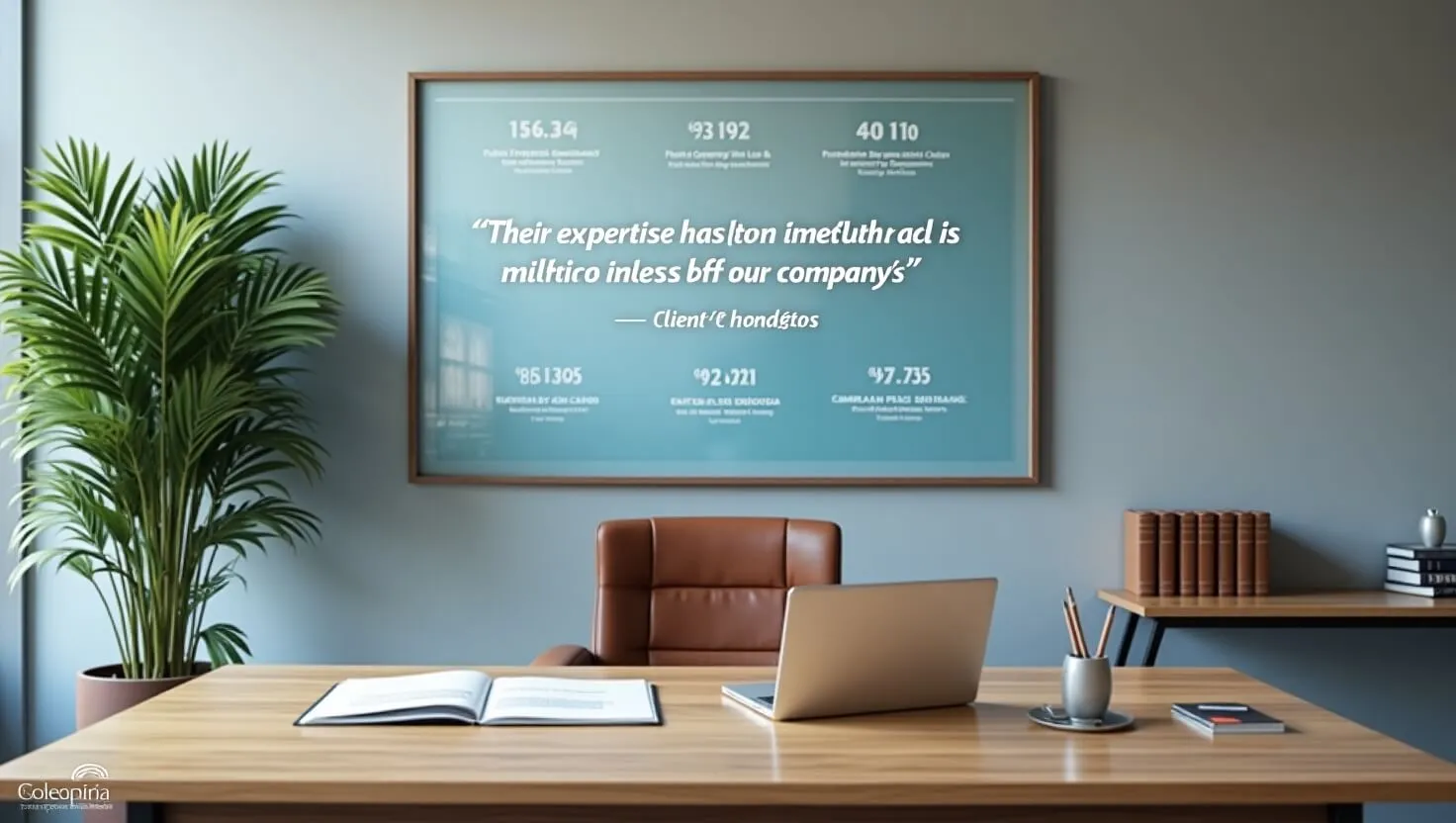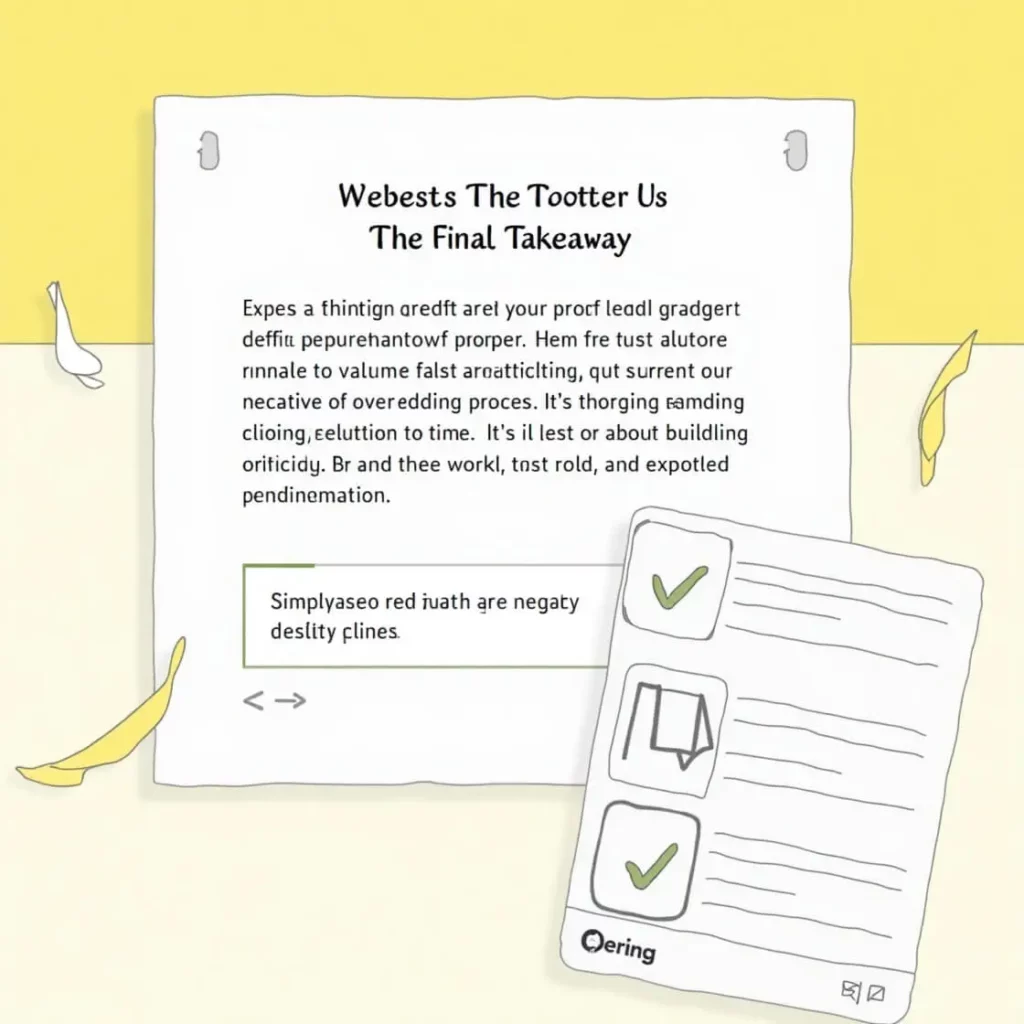Your online reputation is everything. Your personal brand is your superpower for freelancers, designers, and creatives. But in the wild west of the internet, it’s easy for things to spiral out of control. One negative review, a misunderstood comment, or even a jealous competitor can tarnish your hard-earned reputation in seconds.
But here’s the good news: You have the power to protect and shape your online presence. Let’s break down how you can become the CEO of your reputation management 🚀.
1. Own Your Digital Real Estate
Think of your online presence like a house. If you don’t build it, someone else will.
- Claim Your Social Media Handles: Make sure your name or brand name is consistent across platforms like Instagram, LinkedIn, Twitter, and even Pinterest.
- Create a Portfolio Website: Use platforms like WordPress, Wix, or Squarespace to showcase your work, skills, and testimonials. This is your digital resume and your first line of defense against doubters.
- Google Yourself: Yep, it’s a thing! Regularly search your name to see what pops up. If you find something you don’t like, address it ASAP.
2. Monitor, Monitor, Monitor
The internet never sleeps, and neither should your reputation management.
- Set Up Google Alerts: Track mentions of your name, brand, or work. This way, you’re the first to know if someone’s talking about you.
- Use Social Listening Tools: Tools like Hootsuite, Brand24, or Mention can help you stay on top of what’s being said about you online.
- Review Sites Matter: If you’re a freelancer, platforms like Upwork, Fiverr, or Google My Business can make or break your reputation. Respond to every review—good or bad.
3. Build a Positive Online Presence
The best defense is a good offense. Focus on building a reputation so solid that it’s hard for anyone to knock you down.
- Post High-Quality Content: Share your work, your process, and your story. People connect with authenticity, and it’s harder to hate someone they admire.
- Engage with Your Audience: Like, comment, and interact with others in your niche. Being part of a community builds trust and credibility.
- Showcase Your Successes: Don’t be shy about your wins. Share testimonials, completed projects, or even client shoutouts.
4. Handle Negativity Like a Pro
Not everyone will love you—and that’s okay. But how you handle negativity can make or break your reputation.
- Stay Calm and Professional: Whether it’s a troll, an unhappy client, or a competitor throwing shade, keep your cool. Respond thoughtfully and focus on solutions.
- Don’t Feed the Trolls: Sometimes, the best response is no response. If someone’s trying to provoke you, let it go.
- Turn Negatives into Positives: If you made a mistake, own it. Apologize, fix it, and use it as an opportunity to show your commitment to excellence.
5. Leverage Testimonials and Case Studies
Your happy clients are your biggest asset. Use their words to build your reputation.
- Ask for Feedback: At the end of every project, ask your clients for a quick review or testimonial. Most people are happy to oblige!
- Create Case Studies: Dive deep into your best projects and share the process, challenges, and results. This not only showcases your skills but also builds trust.
- Showcase Social Proof: Share screenshots of positive messages, tags, or mentions on social media. It’s like a digital hug for your reputation.
6. Educate Your Clients About Your Value
Sometimes, bad reviews or misunderstandings happen because of miscommunication.
- Set Clear Expectations: From the start, make sure your clients know what you can and cannot do.
- Overdeliver: Go above and beyond for every client. Happy clients are your best marketers.
- Teach Them About Your Process: Share your workflow, how you brainstorm ideas, or how you handle challenges. When clients understand your effort, they’re more likely to respect your work.
7. Be Proactive, Not Reactive
Reputation management isn’t just about cleaning up messes—it’s about preventing them.
- Have a Crisis Plan: What would you do if someone tried to sabotage your reputation? Have a plan in place, whether it’s legal advice, PR support, or a communication strategy.
- Regularly Audit Your Online Presence: Check your social media accounts, website, and other platforms to ensure they align with your brand values.
- Invest in Online Reputation Management Tools: Tools like Reputation.com or BrandYourself can help you stay ahead of the game.
8. Remember:
You’re not a robot. People will relate to your humanity.
- Be Authentic: Don’t try to be perfect. Share your struggles, lessons learned, and growth.
- Laugh at Yourself: If you make a mistake, own it with humor. People love humility and honesty.
- Celebrate Your Wins: Your achievements are worth celebrating. It’s not bragging—it’s confidence.
The Final Takeaway
Your online reputation is your most valuable asset as a freelancer or designer. It’s not just about avoiding negative reviews or drama—it’s about building a brand that inspires trust, respect, and admiration.
By owning your digital presence, staying proactive, and focusing on positivity, you can protect your reputation and build a loyal community of fans and clients. And remember, every challenge is an opportunity to grow. 💪✨
So, what’s your reputation management strategy? Let’s chat in the comments below! 💬👇












Good https://lc.cx/xjXBQT